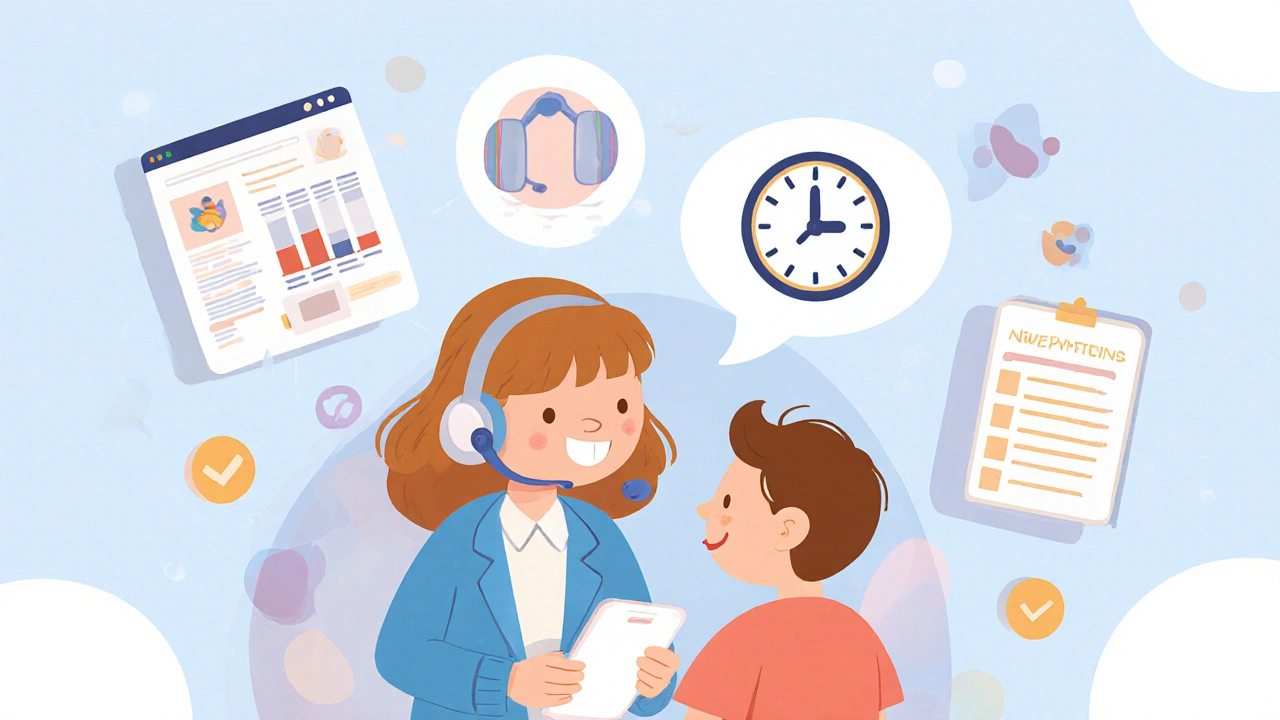Call Center Analytics: Track, Improve, and Optimize VoIP Call Performance
When you run a call center, call center analytics, the practice of collecting and analyzing call data to improve performance and reduce costs. Also known as voice analytics, it’s not just about counting calls—it’s about understanding why calls succeed or fail, who’s performing well, and where your system is leaking money or customer trust. Without it, you’re guessing. With it, you’re making decisions backed by real numbers.
Call center analytics relies on a few key pieces working together. call tagging, the process of labeling each call with outcomes like "sale closed," "complaint resolved," or "transfer needed" turns raw call logs into actionable categories. This isn’t just for managers—it helps reps learn from their own calls. Then there’s call volume forecasting, predicting how many calls you’ll get based on season, holidays, or even local events. If you know next Tuesday will be 40% busier because of a product launch, you can schedule staff ahead of time instead of scrambling. And call quality measurement, using tools like MOS and PESQ to rate audio clarity and delay, tells you if your VoIP setup is dropping calls or making customers strain to hear you. These aren’t fancy buzzwords—they’re the tools that separate good call centers from great ones.
What you’ll find in this collection isn’t theory. It’s what actually works. You’ll see how companies cut support costs by 30% just by fixing how they tag calls. You’ll learn why 20ms packetization is still the sweet spot for most teams, and how a simple change in SIP registration can stop toll fraud before it hits your budget. There’s no fluff—just clear setups, real examples, and the exact steps to fix what’s broken in your system. Whether you run a small team or a large support center, the posts here give you the data you need to stop guessing and start improving.
